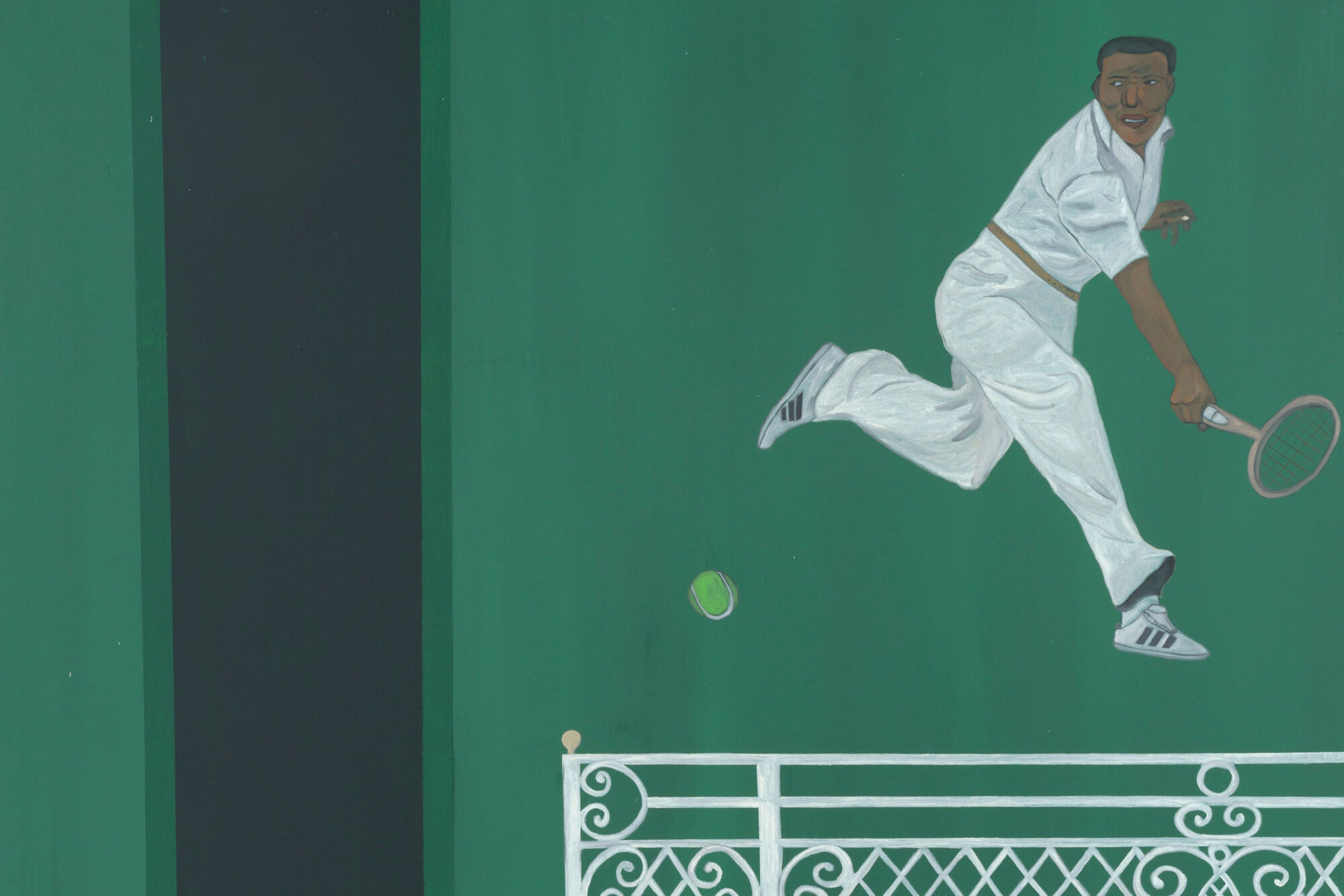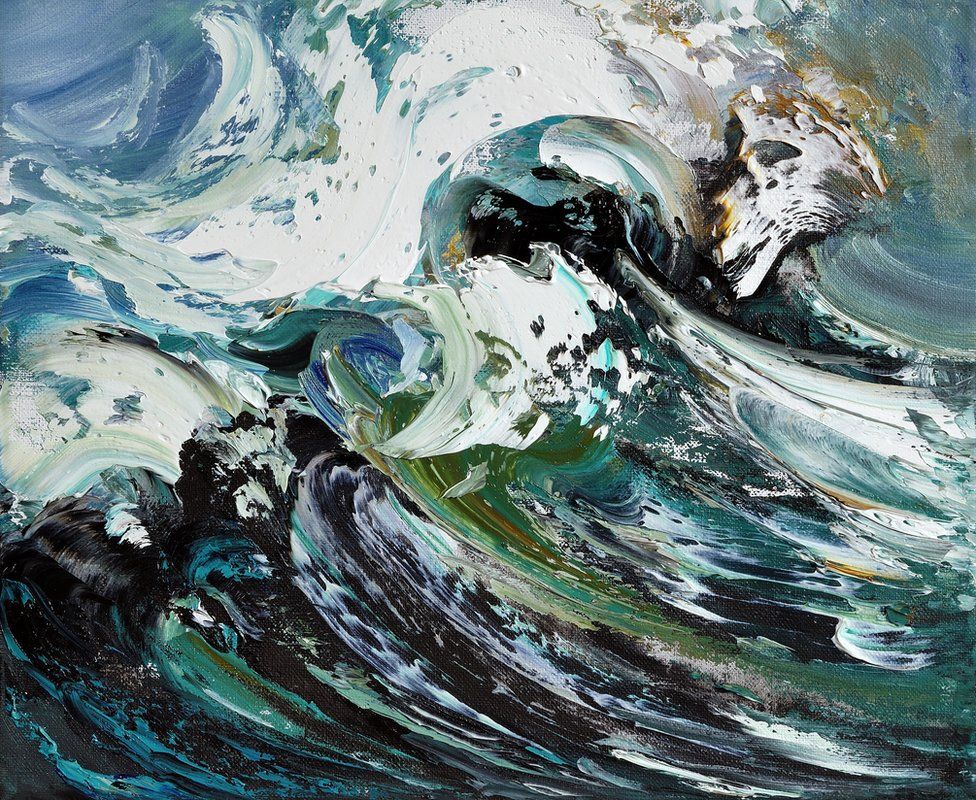
Discover JR’s Eiffel Tower
On 18 May the French street artist JR posted an image on Instagram of the Eiffel Tower as never seen before. Not surprisingly, fans and followers went crazy; the post has since racked up more than 120,000 likes, 2,500 comments and countless news headlines around the world. Why? Because the image shows his latest trompe-l’oeil installation: a black-and-white photographic collage that tricks the eye (when viewed from a certain vantage point on the Place du Trocadéro) into believing Paris’s most famous landmark is perched atop a deep ravine with a city far below.
Other images show visitors leaping across the gap, peering into the abyss, and teetering on the cliff's illusionary edges. Like many of JR’s large-scale public art projects, the Eiffel Tower installation was on view for just a few short weeks before it was destroyed by visitors. Thankfully, it’s been immortalised for evermore on social media. Search @Jr now to scroll and marvel. And then hit up his new solo show at London's Saatchi gallery. Nothing beats seeing his works up close.
Other images show visitors leaping across the gap, peering into the abyss, and teetering on the cliff's illusionary edges. Like many of JR’s large-scale public art projects, the Eiffel Tower installation was on view for just a few short weeks before it was destroyed by visitors. Thankfully, it’s been immortalised for evermore on social media. Search @Jr now to scroll and marvel. And then hit up his new solo show at London's Saatchi gallery. Nothing beats seeing his works up close.
Share











